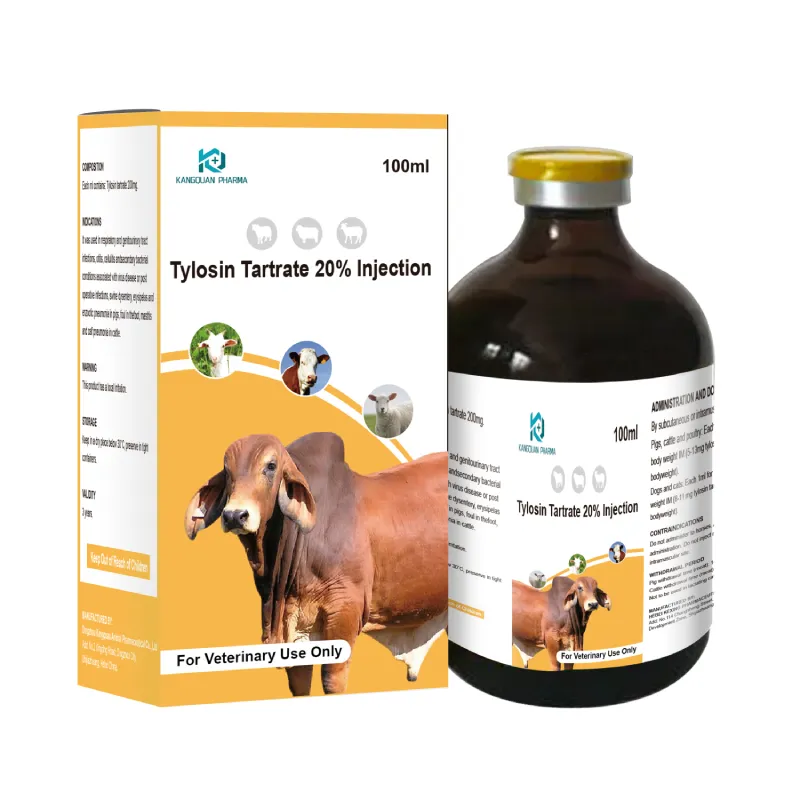- Afrikaans
- Albanian
- Amharic
- Arabic
- Armenian
- Azerbaijani
- Basque
- Belarusian
- Bengali
- Bosnian
- Bulgarian
- Catalan
- Cebuano
- Corsican
- Croatian
- Czech
- Danish
- Dutch
- English
- Esperanto
- Estonian
- Finnish
- French
- Frisian
- Galician
- Georgian
- German
- Greek
- Gujarati
- Haitian Creole
- hausa
- hawaiian
- Hebrew
- Hindi
- Miao
- Hungarian
- Icelandic
- igbo
- Indonesian
- irish
- Italian
- Japanese
- Javanese
- Kannada
- kazakh
- Khmer
- Rwandese
- Korean
- Kurdish
- Kyrgyz
- Lao
- Latin
- Latvian
- Lithuanian
- Luxembourgish
- Macedonian
- Malgashi
- Malay
- Malayalam
- Maltese
- Maori
- Marathi
- Mongolian
- Myanmar
- Nepali
- Norwegian
- Norwegian
- Occitan
- Pashto
- Persian
- Polish
- Portuguese
- Punjabi
- Romanian
- Russian
- Samoan
- Scottish Gaelic
- Serbian
- Sesotho
- Shona
- Sindhi
- Sinhala
- Slovak
- Slovenian
- Somali
- Spanish
- Sundanese
- Swahili
- Swedish
- Tagalog
- Tajik
- Tamil
- Tatar
- Telugu
- Thai
- Turkish
- Turkmen
- Ukrainian
- Urdu
- Uighur
- Uzbek
- Vietnamese
- Welsh
- Bantu
- Yiddish
- Yoruba
- Zulu
Dec . 01, 2024 12:32 Back to list
tylosin tartrate injection formulation
Tylosin Tartrate Injection Formulation An Overview
Tylosin tartrate, a macrolide antibiotic derived from *Streptomyces fradiae*, plays a significant role in veterinary medicine due to its efficacy against a variety of bacterial infections in livestock and companion animals. The injection formulation of tylosin tartrate is particularly advantageous for efficient delivery and rapid onset of action, making it an essential tool in managing bacterial diseases in animals.
Pharmacological Properties
Tylosin functions by inhibiting bacterial protein synthesis, targeting the 50S ribosomal subunit. It is effective against Gram-positive bacteria and a spectrum of Gram-negative organisms, as well as some mycoplasmas. Due to its favorable pharmacokinetic properties, tylosin achieves high distribution in tissues, which is crucial for treating infections in various animal species, including cattle, swine, sheep, and poultry.
Formulation Characteristics
The formulation of tylosin tartrate for injection is typically designed to ensure stability, solubility, and bioavailability. Tylosin tartrate is a water-soluble salt formed by the reaction of tylosin with tartaric acid, which helps maintain its stability in solution. The key components of the injection formulation usually include
1. Active Ingredient Tylosin tartrate, which serves as the primary therapeutic agent. 2. Excipients Stabilizers and solubilizers are essential for providing a homogenous solution. Common excipients may include sodium chloride (for isotonicity), buffers (to maintain pH), and preservatives (to prevent microbial growth). 3. Diluent An aqueous diluent, often sterile water for injection, is used to prepare the injectable solution.
Preparation and Administration
tylosin tartrate injection formulation

Before administration, the injection formulation must be adequately prepared to ensure the correct dosage and form. The formulation is typically made in sterile conditions to avoid contamination. It can be administered subcutaneously or intramuscularly, depending on the species and the condition being treated. The dosage varies according to the animal's weight, the severity of the infection, and the specific guidelines provided by veterinary authorities.
Therapeutic Applications
Tylosin tartrate injection is commonly used to treat respiratory infections, diarrhea, enteritis, and other bacterial diseases in various animal species. In swine, it is critical for controlling diseases such as swine pneumonia. In poultry, it is employed to manage infections caused by *Mycoplasma gallisepticum*. The use of tylosin has also been observed to improve overall animal performance and feed efficiency in livestock farming, which contributes to its popularity among veterinarians and farmers.
Safety and Efficacy
The safety profile of tylosin tartrate has been well established through extensive research. However, like any antibiotic, there is potential for adverse reactions, including allergic responses and gastrointestinal disturbances. Careful adherence to recommended dosages is essential to minimize risks. Furthermore, the judicious use of tylosin is critical in mitigating the risk of antibiotic resistance, a growing concern in both human and veterinary medicine. Responsible use guidelines recommend conducting sensitivity tests and limiting the use of antibiotics to cases where they are clearly indicated.
Conclusion
Tylosin tartrate injection formulation represents a vital component in veterinary therapeutics, offering an effective means of combating bacterial infections in animals. With its favorable pharmacological properties, diverse therapeutic applications, and established safety profile, it remains a key choice for veterinarians globally. As we advance our understanding of antibiotic use in veterinary medicine, ongoing research and education will be crucial in ensuring that tylosin and other antibiotics are used responsibly, safeguarding animal health while also considering public health implications.
-
Guide to Oxytetracycline Injection
NewsMar.27,2025
-
Guide to Colistin Sulphate
NewsMar.27,2025
-
Gentamicin Sulfate: Uses, Price, And Key Information
NewsMar.27,2025
-
Enrofloxacin Injection: Uses, Price, And Supplier Information
NewsMar.27,2025
-
Dexamethasone Sodium Phosphate Injection: Uses, Price, And Key Information
NewsMar.27,2025
-
Albendazole Tablet: Uses, Dosage, Cost, And Key Information
NewsMar.27,2025













